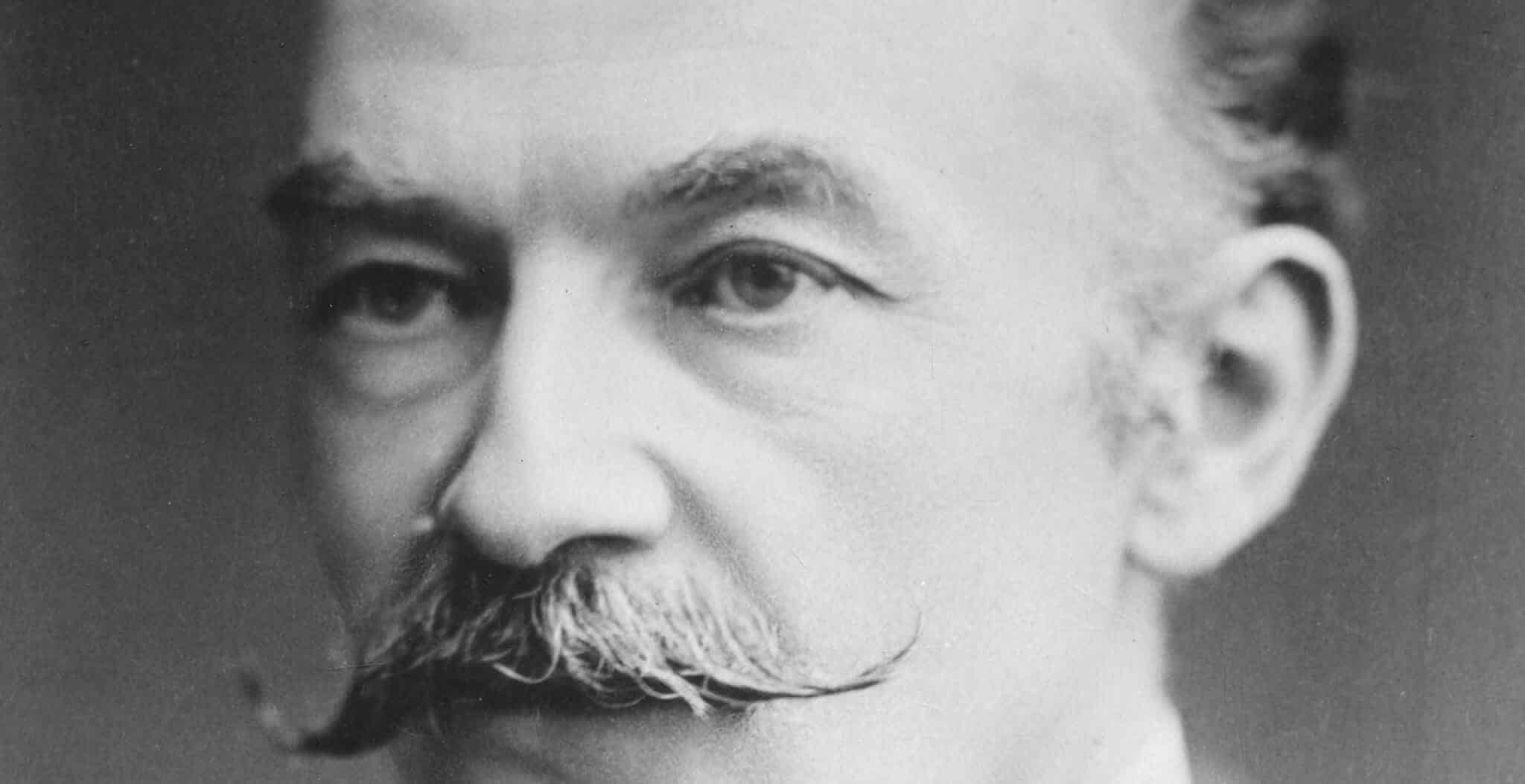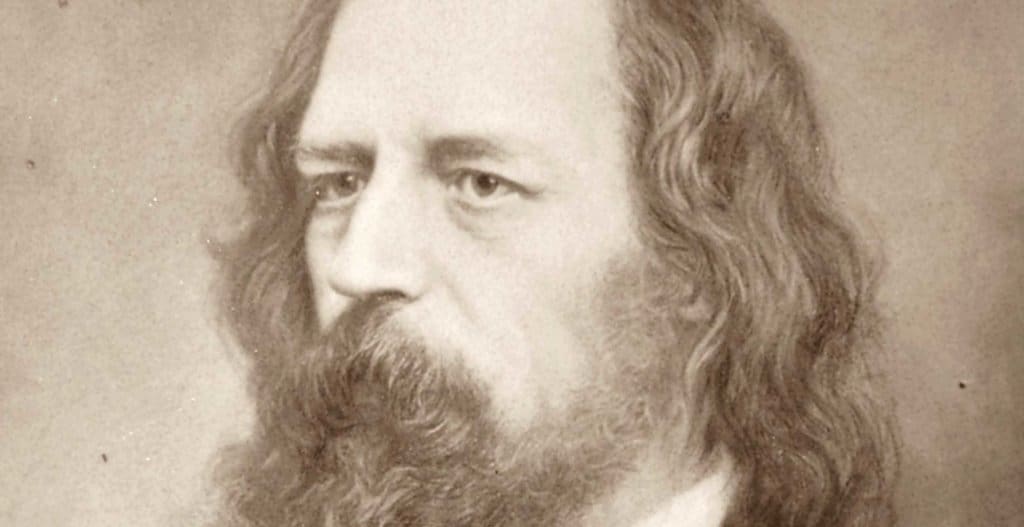Thomas Hardy was an immensely shy person, who surrounded his house, Max Gate in Dorchester, with a dense curtain of trees, shunned publicity and investigative reporters, and when visitors arrived unexpectedly, slipped quietly out of the back door of his house in order to avoid them. So that no one should penetrate this mask of shyness, Hardy kept a rigid control over what aspects of his life were to be divulged and what were not.
His first wife, Emma, behaved in a similar way, at least as far as her and her husband’s letters to one another were concerned: she burnt all that she could lay her hands upon. As for Hardy, following Emma’s death he burnt, page by page, a book-length manuscript of hers entitled What I Think of My Husband, together with most, but not all, of her diaries. When Hardy’s second wife, Florence, wrote a so-called ‘biography’ of him, he retained control by dictating to her virtually the whole of the manuscript. When Hardy himself died in 1928, Florence destroyed a great deal more of his and Emma’s personal papers. This begs the question, did Hardy have something to hide, a secret of some kind; and if so, is it possible, eight decades after his death, to discover what this secret was?
At first, this appears to be an impossible task, bearing in mind the vast quantity of ‘evidence’ which was deliberately destroyed by Hardy and his wives and others during their lifetimes. Also, when Florence died in 1937, her executor, Irene Cooper Willis, destroyed ‘a mass of the first Mrs Hardy’s incoming correspondence that had sat undisturbed in her former attic retreat at Max Gate ever since her own death twenty-five years earlier’. However, for a diligent researcher with an open mind, who is alive to the various clues to the conundrum which Hardy left behind, the task is not an impossible one.
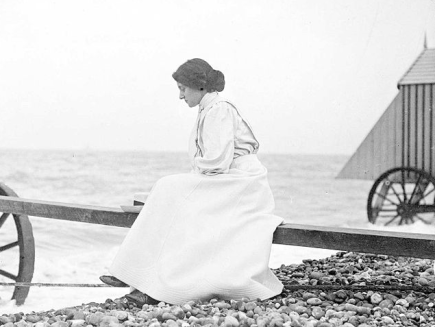
Florence Hardy, Thomas’ second wife, 1915
For much of his adult life, Hardy laboured under a terrible burden of grief, the details of which he kept very much to himself. He required an outlet for this grief, a means of expressing his inner torment, and this outlet came through his writings. Hardy once told his friend, Edward Clodd, in respect of his novels, that “every superstition, custom, etc., described therein may be depended on as true records of the same — and not inventions of mine”.
What he did not tell Clodd, and what only very few of his contemporaries managed to discern, was the phenomenal extent to which his own personal life was reflected both in his novels and in his poems. However, even in this he was hamstrung, in that he could not afford to be explicit – at least while Emma was alive – for fear of offending her.

Thomas Hardy’s cottage at Higher Bockhampton
The journey into Hardy’s life is a fascinating one. It leads to Hardy’s former haunts, including his family home at Higher Bockhampton (pictured to the right – he disliked it being called a cottage, preferring it to be called a house); to St Juliot in Cornwall, where he met and courted Emma, and to Dorchester County Museum, where many important artefacts associated with him – including the contents of his study – are to be found. It also leads, surprisingly, to various mental hospitals, known in those days as ‘lunatic asylums’, located in such places as London, Oxford and Cornwall.
The genius of Thomas Hardy is multi-faceted; each facet reflecting his brilliance as a diamond reflects the light. His literary and classical allusions are drawn from his immense mental ‘data-base’ of knowledge, laid down in his mind after years of sustained and devoted study. Stories collected by him on his journey through life, from personal observation, newspaper articles and conversations with others — whether amusing or macabre – were stored away, to be woven (sometimes years later) into the tapestry of his novels, and retold with all the rustic wit and wisdom of the true countryman. His prose is exquisite. His empathy with underprivileged people is universally recognised, and millions identify with the struggles of the characters in his novels.
During the lifetime of Thomas Hardy, publisher Vere H. Collins was one of the very few people to suspect, and have the fact confirmed by Hardy himself, that some of Hardy’s writings — notably his poem The Interloper — contained coded messages which revealed insights into his personal life. Nevertheless, neither Collins nor those who have studied the life of Hardy since his death have realised the full extent to which this is true.
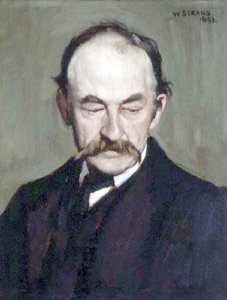
The challenge has been to discover the hidden meanings contained in the works of this shy and secretive man. One may imagine him sitting in his study at Max Gate after the great schism when he decided to live a separate life from Emma, albeit under the same roof. By now, all his romantic dreams have been irrevocably shattered, and he is experiencing all the symptoms of a bereaved person: denial, numbness and unreality, followed by extreme sadness, anxiety and loneliness.
However, because of his shyness he tends to keep his thoughts to himself, rather than to confide in others. But he must have some outlet for his emotions, so he chooses to express himself in the best way that he knows – on paper, where he simply cannot resist alluding to his increasingly problematical relationship with Emma. This is a catharsis for him. And not only that, it provides him with a motivation to portray scenes in which his characters experience and wrestle with the same problems as he does.
Hardy’s writings reveal the immense torment and grief which attends one whose life is a living hell, on account of the fact that his spouse is mentally deranged. And this, of course, explains why his latter novels and poems are so sad and introspective, while his early writings are full of joy, humour and romance.
In his writings, Hardy reveals how Emma’s delusions manifested themselves. They also reveal how he himself was largely in denial about Emma (although he did go so far as to admit that she suffered from delusions); he preferred stubbornly to cling to the original image which he had formed in his mind of her, instead of recognising the reality of the situation. Hardy’s works show that he wrestled with his problems in vain, and failed to find an answer as to why Emma, this beautiful woman whom he once adored, failed to reciprocate his feelings, and, in particular, why she refused to consummate the sexual side of their relationship (even though, at least in the early years of their marriage, she was prepared to be a friend to him)…
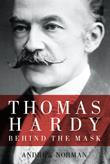
excerpt from ‘The Man Behind the Mask’ by Andrew Norman
© Andrew Norman.
